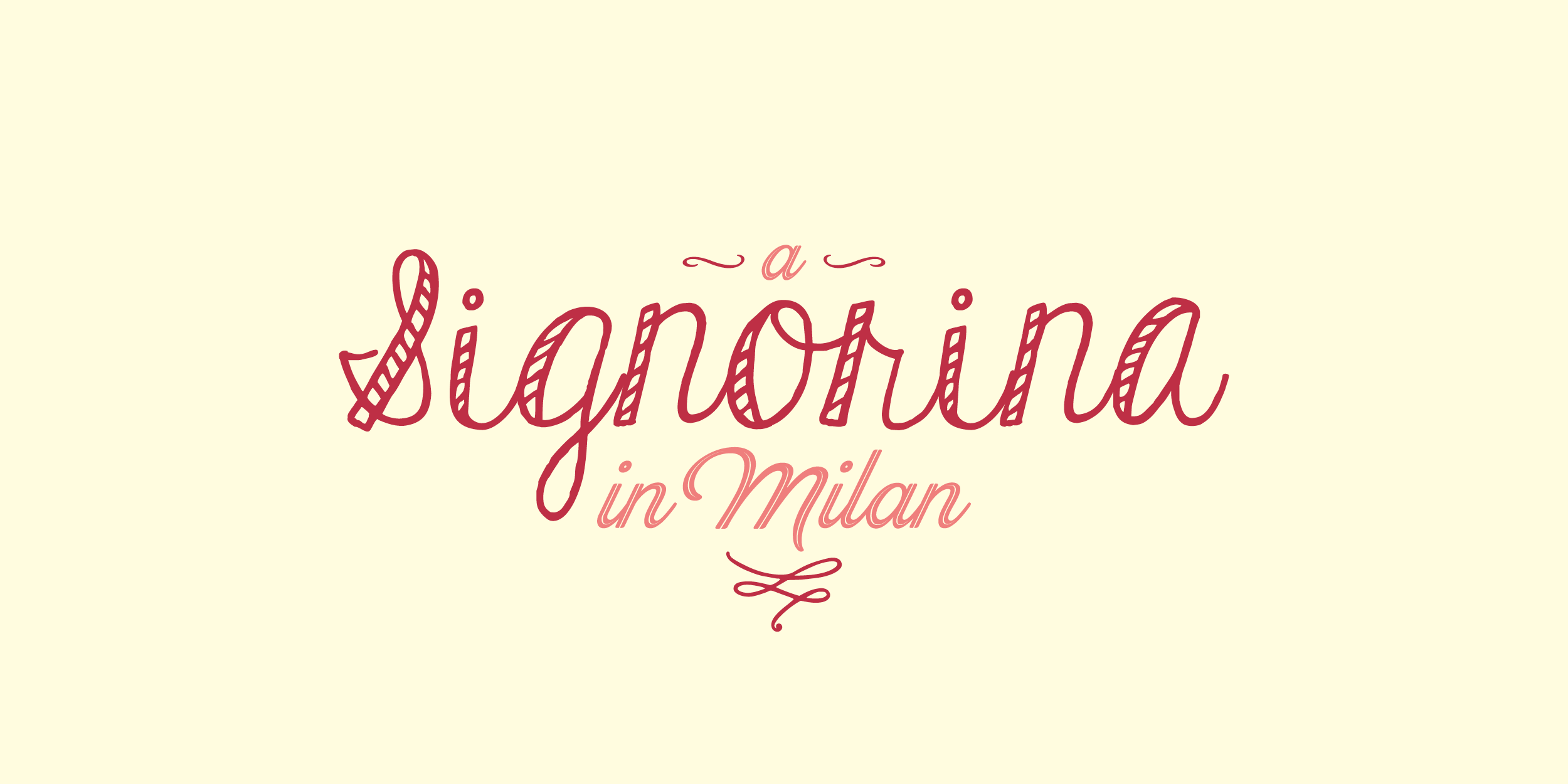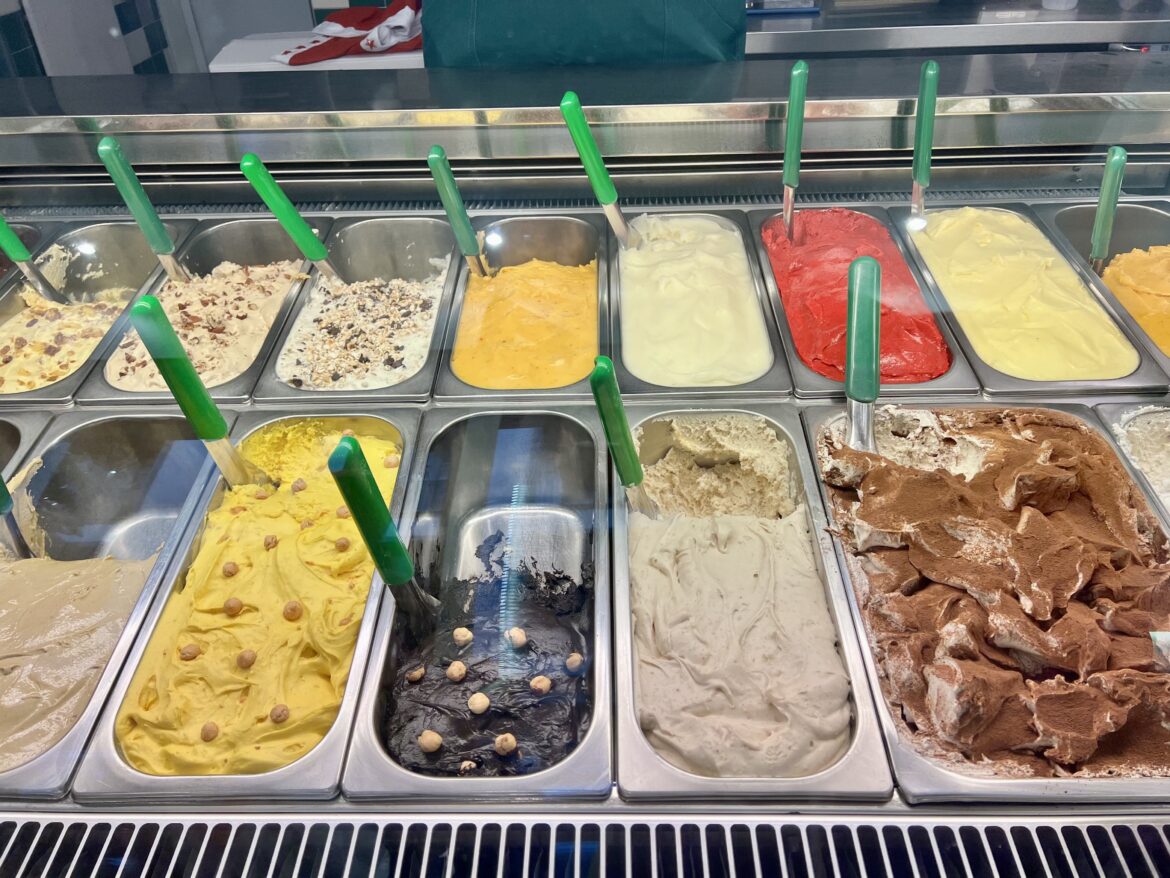Gelato is required eating in Italy–and there’s just something about gelato. If you’ve never had the real McCoy, you’ve likely heard others wax poetic about just how good it tasted even though they can’t quite put their finger on what made it so good. Alternatively, if you’ve tasted it, you just might be that person waxing poetic about how just how much better it tasted than ice cream.
Skeptics might be quick to say that eating gelato in Italy prompts a placebo effect–just the act of eating something Italian in the motherland is what makes it taste better than it actually is. But it’s not mental! Gelato does indeed boast its own particularities that differentiate it from ice cream.
Well, gelato is made with more milk than cream so it contains less fat. Gelato is also churned at a much slower pace than ice cream, so less air gets in which gives gelato a denser texture. While ice cream is generally served at -20 to -25 °C/10 to 22 °F, gelato is stored at a warmer, though still below freezing, temperature: -10 to -15°C/10 and 22°F. This keeps it from hardening into a brick and comprising its signature dense texture.
And, as I mentioned, gelato abounds in Italy. This means, alas, that some are better than others. How to tell the good gelato from the bad gelato? Well, I thought I’d share some of the wisdom imparted to me by others over the years.
To start, it’s visual. Gelato piled mountain high is not good gelato. Firstly, good gelato shouldn’t be able to stand stiff and high without collapsing so this means it was heavily whopped and might contain some chemicals and/or vegetable oil to help it defy gravity. If the gelato is super glossy and shiny, that usually means there’s a lot of added fat and sugar. It should have more of a smooth, matte look.
Gelato should be stored in a flat metal tin–in fact, many say better if topped with a lid, though no lid isn’t always synonymous with poor quality. Several of my favorite spots for gelato in Milan display their favors lid-free. Plus, it’s fun to be able to see the colors.
Speaking of the colors, these usually provide insight into gelato quality as the colors reveal whether or not the gelato is made from natural ingredients. For instance banana and lemon should be white and not yellow; berry colors should be dark and neon, pistachio should be deep, dark earthy green and not a bright one; lime should be a faint, nearly white shade of green. And any bright radioactive blue flavor is a red flag.
You should also pay attention to the seasonality of the fruit flavors – if a place is serving, say, peach, in the middle of winter, there’s a good chance they’re not using fresh ingredients, but rather a mix or powder.
And speaking of the ingredients, give the list a gander. The shops should have the list on display. If not, ask for it. If you see, say, vegetable oil or artificial coloring agents, that’s a sign of poor quality.




